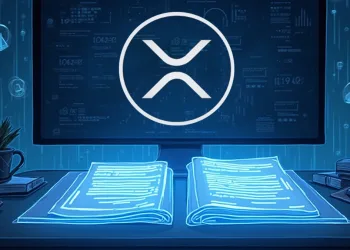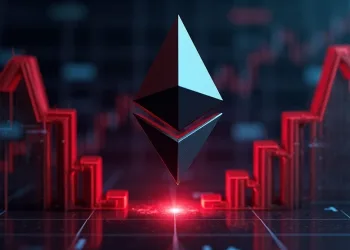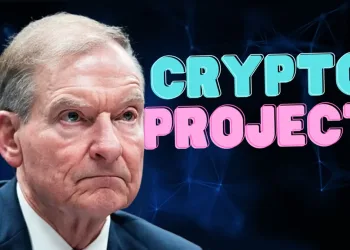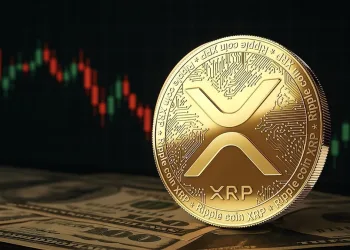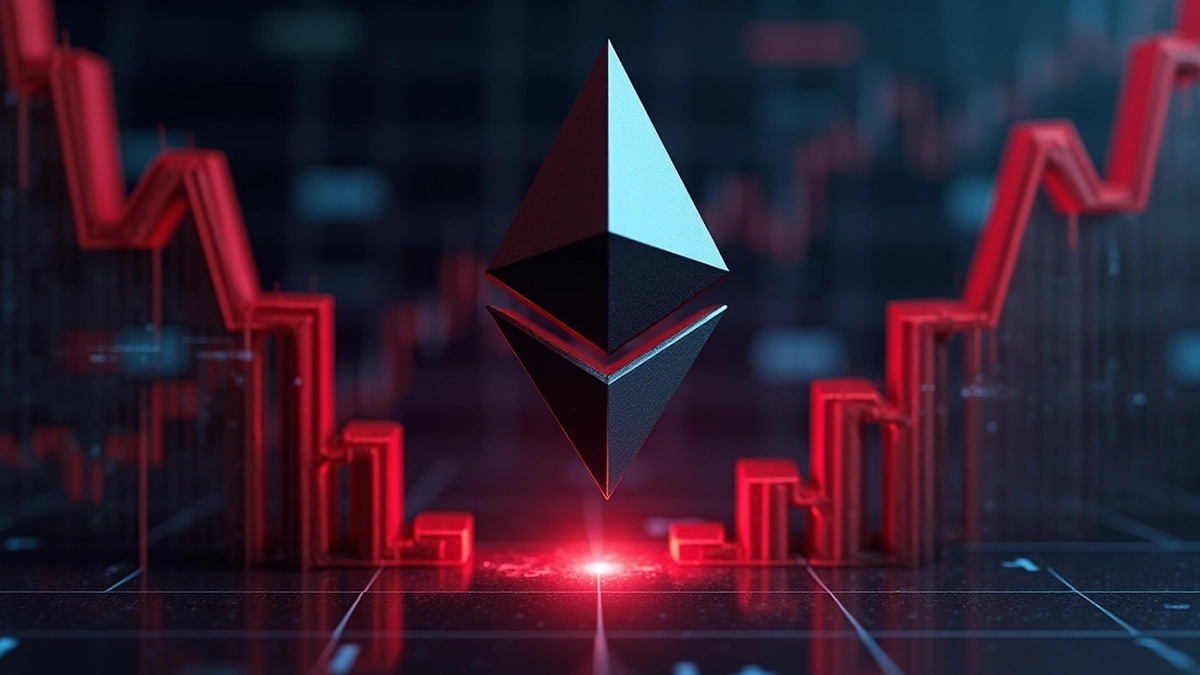- Solana’s TVL reaches $7.04B, its highest since July 2022, showing strong DeFi growth despite declining onchain volumes.
- SOL price dropped from $298.45 to $106.45, with funding rates turning negative since mid-January, signaling bearish sentiment.
- A whale sold 59,406 SOL for $7.47M USDT, impacting liquidity, while funding rates near neutral indicate market uncertainty.
Solana’s DeFi ecosystem has surged, reaching its highest total value locked (TVL) since July 2022. The blockchain’s TVL now is at $7.04 billion, indicating strong user engagement despite a broader decline in onchain volumes.
Recent data shows Solana’s onchain activity dropped by 47% over two weeks, similar to declines seen in Ethereum, Arbitrum, Tron, and Avalanche. This suggests a wider market trend rather than a network-specific issue. Meanwhile, Solana’s stablecoin market cap has hit $12.341 billion.
Solana’s DeFi Activity and Key Metrics
Solana’s latest DeFi performance shows increased activity, with decentralized exchange (DEX) volume reaching $1.481 billion in 24 hours. Perpetual contracts also saw significant activity, with a 24-hour volume of $1.231 billion.
Chain fees in the past day totaled to $937,711, while total chain revenue stood at $468,856. Notably, app revenue in the same period reached $3.36 million, showing continued usage of Solana’s DeFi applications. Despite strong DeFi metrics, market trends show mixed signals.
According to Lookonchain, a whale withdrew 59,406 SOL from Kraken, selling it on a DEX for $7.47 million USDT at an average price of $125.8. This large transaction indicates substantial liquidity movements within the ecosystem, impacting SOL’s price fluctuations.
SOL Price Movements and Market Trends
SOL’s price has seen notable volatility in recent months. It peaked near $298.45 before trending downward, reaching approximately $106.45 in mid-March. A sharp decline began in mid-January and extended into February and March, with occasional rebounds.
Around January 19, SOL had a steep drop that coincided with a significant negative funding rate spike. This resulted from forced liquidations and shifts in market sentiment.The open interest-weighted funding rate also showed fluctuating trends. From December to mid-January, funding rates remained mostly positive, signaling bullish sentiment.
However, starting mid-January, funding turned negative, indicating increased short positions dominating the market. The negative trend persisted into March, indicating weaker bullish confidence and increased selling pressure.
Market Sentiment and Levels to Watch
The Market has shown fluctuating sentiment. Around January 19, an extreme negative funding rate spike suggested panic selling or liquidations. This led to a temporary price recovery before another decline.
Currently, the funding rate is near neutral, indicating uncertainty in market direction. Monitoring buy volume and institutional activity for potential price shifts is essential. If funding rates stabilize or turn positive, bullish momentum may return.
A recovery toward $240-$270 is possible if market conditions improve. However, continued negative funding would indicate persistent short dominance, keeping SOL’s price under pressure.






